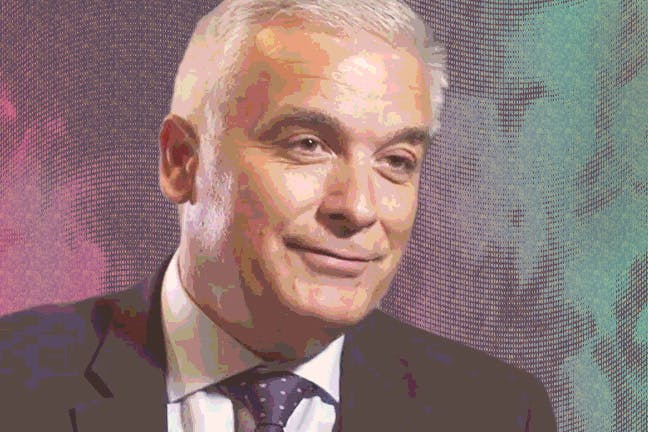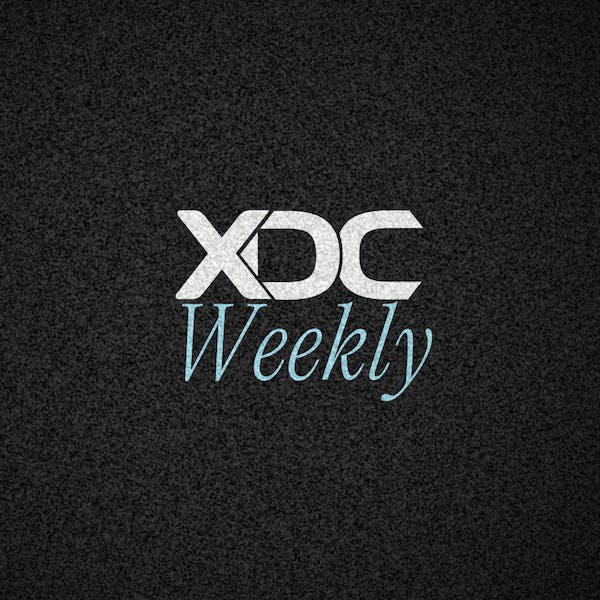We presented advanced technology innovations during the 4th edition of the Fintech Committee briefing that took place in Porto on September 7th 2022. Progress achieved was very palpable, in particular when it comes to addressing a major industry pain point, i.e., the interoperability conundrum in trade financing.
Vivek Ramachandran, HSBC's global head of trade and receivables finance put it recently in perspective during an interview with The Banker: "Individual organisations such as HSBC have made huge progress as 85% of all trade transactions are initiated digitally. Where progress has been slower is where it requires collaboration. It feels like 2 steps forward, 1 step backward.", he said. "Interoperability is the holy grail, and it's not up to one player to help banks, insurance companies and logistics companies collaborate. As an industry, we need to do better."
The industry is now starting to do much better indeed, mainly thanks to fintech developments that we showcased in Porto. We can summarise findings as follows:
Increasing "interoperability" represents the industry's most pressing and most difficult collaborative effort;
Producing more industry standards might be valuable in some cases (e.g., when counter-parties are peers in a specific segment, and want to speak a commonly agreed language), but standards are not the holy grail to progress interoperability in an impactful way; I believe bankers expect far too much from institutional standardisation initiatives;
Most new trade standards introduced in the last 2 decades failed to scale. Only those mandated by regulators (e.g., ISO 20022 in payments in SEPA) got implemented;
What the industry needs are additional technology bridges to help the many stakeholders connect, interact and transact across the various segments of the market, ... and this is exactly what open-minded fintechs have been delivering over the last 2 years. We take a look at some of them below.
DLT and Software-as-a-Service (SaaS) are core technologies to consider when designing interoperability solutions. Those very DLT/SaaS fintechs succeeding to scale provide the right foundations for further standardisation and harmonisation in the market.
What did we learn in Porto with regards to interoperability? How are fintechs helping financial institutions on this front? How does DLT feature into this evolution?
Here are my 4 take-aways:
Take-away #1: Digital asset technologies have been successfully implemented in 2022 across two critical industry-wide use cases. The recipe for success has been focus on the end-user value propositions, rather than on the use of DLT per se.
Public DLT in particular brings value for tracking the lifecycle of e-original documents (e.g., guarantees and negotiable instruments) across counter-parties. Technology vendor Enigio has successfully demonstrated this capability to deliver a MLETR-compliant technology embedding DLT functionality. Incumbent trade vendors Finastra, China Systems and Surecomp have embedded Enigio's e-original technology to deliver enhanced value propositions to banks & corporates. Lloyds Bank has taken the lead as an early adopter by implementing this new technology to digitise promissory notes.
Digital asset technologies also bring value to enable retail investors to access the trade investment class. Technology vendor Tradeteq has successfully partnered with XinFin's XDC Network - a layer 1 blockchain infrastructure - to launch a new regulated security token - the TRADA Token - that offers retail and institutional investors exposure to trade assets.
Take-away #2: As DLT finally gets used, we need to start thinking in terms of functions that are operated "on-chain" vs. "off-chain". There is no absolute need to migrate an end-to-end process on chain from the start.
The most pragmatic approach is to keep most of the existing off-chain functions untouched, and complement them with new on-chain capabilities where the use of DLT makes a difference. Below are 2 examples brought by members of the Fintech Committee.
When tracking an e-original such as a bill of exchange on a public blockchain, any party receiving the document can verify its validity as the DLT-based registry is public. In the case of Enigio's trace:original, the content of the e-original remains off-chain and is secured using traditional methods whilst the on-chain data only contains a cryptographic result on each version of the e-original.
In the case of the TRADA Token, the use of blockchain is limited to source liquidity from TRADA Token holders which is then allocated to trade originators. There is no need to extend the use of DLT to the originators themselves, and certainly not to corporates and SMEs. We keep the corporate/SME-to-originator relationship intact as there is no value in tokenising each and every single receivable being financed through TRADA.
This means each use case has to identify where DLT brings new and effective value.
Take-away #3: New bridges are being delivered by fintech companies and those demonstrate how interoperability ought to be tackled.
With trace:original, MLETR technology vendor Enigio has delivered an interoperability bridge between counterparties to exchange trusted data sets represented as encrypted files. There is no need for counterparties to join a common platform as the new technology puts trust in the file (digital asset tracked on DLT), whereas traditional models have always relied upon a common platform taking on the role of data custodian (and representing a single point of failure).
With XDCTEQ and the TRADA Token, Tradeteq has delivered an interoperability bridge between two spaces that don't - and might never - speak the same language. Standards would not help in this very case, as there is no need for counter-parties on both sides (sellers of assets and buyers of assets) to align on a common language. It is the XDCTEQ token issuance service that makes the two regulated spaces connect and transact.
This follows an approach similar to TASC (Trade Asset Securitization Company) that Tradeteq rolled out several years ago to issue asset-backed notes. TASC bridges the primary origination space with capital markets by transforming (portfolio's of) trade assets into securities. Such notes issuance service is also an additional strategic bridge for trade originators to access institutional liquidity.
Take-away #4: DLT-based interoperability solutions will expand in scope, thereby gradually moving more functions "on-chain".
Soon, the settlement leg will also be performed on-chain through one of Impel's service offerings, which supports ISO 20022 and embeds collateral for instant settlement, over the XDC Network. XDC Network is the only layer 1 hybrid blockchain infrastructure that focuses on transaction banking.
I expect a new breed of DLT-based interoperability solutions to be rolled out as alternatives to SWIFT's proprietary (and too costly) messaging.
Conclusion
Interoperability solutions have existed since decades such as SWIFT messaging for instructions and reporting, and email communication for notifications. They now power some SaaS platforms in treasury (e.g., Kyriba) and trade (e.g., GTC, Mitigram). But new ones are become critical to support the market in digitising additional transactional flows (e.g, negotiable instruments) and in engaging with new stakeholders (e.g., retail and institutional investors).
Interoperability solutions come in different forms depending on the use cases, and contribute to increase connectivity in trade and trade finance.

